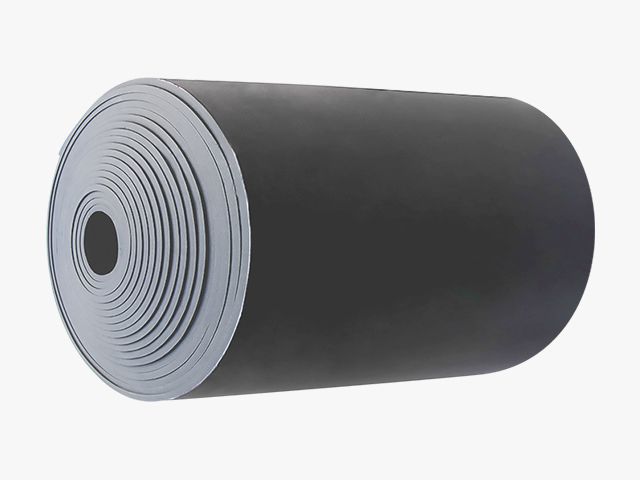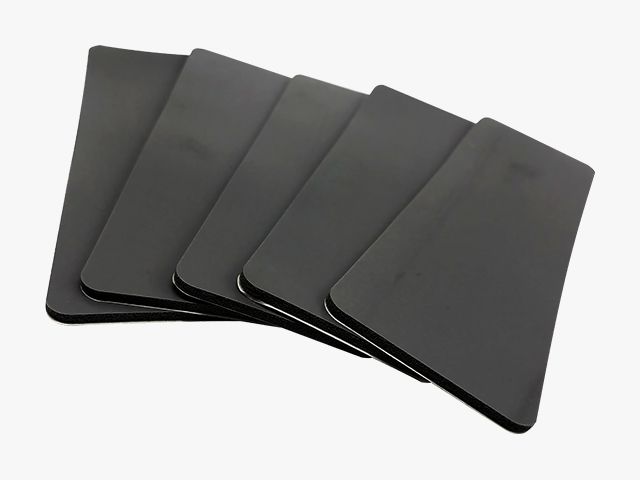Frequently Asked Questions about Silicone Foam Die Cutting and Punching
source: Foam Pageviews: time:Jun 06, 2022
describe:
In view of the relatively simple structure of silicone foam die-cut parts, we use longitudinal sectioning, edge trimming, and jump-cutting methods to reduce the factors that endanger the fillet, thereby preventing the fillet problem.
Frequently Asked Questions about Silicone Foam Die Cutting and Punching
Silicone foam often encounters many problems such as die cutting in the production process. Die-cut silicone foam is to die-cut the foam material into the desired shape. So the key problems we often encounter are reflected in the following three points:
1. The arc is very easy to occur in the process of the silicone foam punching machine (the arc of the circular blade die-cut is very large);
2. Thick foam material is very easy to cause slag and dust in the process of stamping die;
3. For some porous structure products, it is difficult to discharge waste (the diameter is small, the thickness of the foam material is large, and the waste cannot be discharged);
It is some of the common conditions we encounter during the actual operation of silicone foam. Below you will find relative solutions to the above three difficult problems; you will guarantee this for everyone based on the characteristics of the foam itself. Simple and detailed introduction: Silicone foam has a high thickness, a certain ductility and a lower ductility limit, which is very easy to cause smoke and dust. Because of the characteristics of silicone foam, the three basic problems mentioned above will occur during the die-cutting process of silicone foam.
arc puzzle
The chamfered edges that easily occur during die-cutting and stamping dies are due to the high thickness of the foam. During the stamping die process, the foam is extruded and laser cut after the foam material is extruded. Rounding corners, the key way to deal with this type of problem is to change the choice of special tools.
Generally, the special tools for shearing and pressing that we use are double-inclined cutting tools used in the actual operation of punching machines. Therefore, in order to better ensure the reasonable reduction of the edge of the inclination angle, we use a flat knife to develop a stamping die for the inner and outer inclination angles, which can reasonably reduce the cause of the edge of the inclination angle of the foam.
In addition, since the structure of silicone foam die-cutting parts is relatively simple, we use longitudinal sectioning, edge trimming, and jump-cutting methods to reduce the elements that endanger the rounded corners, thereby preventing the rounded corners problem. For some products with a slightly complicated structure, we can use the method of dissolving the cutting line to open the hole, instead of turning off the cutting line and overlapping multiple sections, so as to reduce the extrusion molding stress during the opening process of the foam, thereby reducing the foam tilt. problem.
Dirty soot
Then there is the problem of silicone foam debris and soot, the direct cause of which depends on the characteristics of the foam itself. Because of the low ductility of foam, the composition structure is the foam raw material. All in the stamping die process, due to the repeated action of the knife, the slag foam particles are easy to generate dust and float in the air.
There are many ways to deal with this dilemma for these die-cutting jobs that must be cleaned up. A common method is sprayer release agent. A common method in the production line is to compound the OPP protective film on the surface of the foam material to deal with this problem. Naturally, such methods are likely to result in the consumption of some auxiliary materials.
waste solution
Third, in terms of solving the waste with porous structure, the root cause is that the foam is too thick and the diameter is small, so that the waste cannot be extracted during the solution process. "The general traditional method is to make a set of special tools to solve the mold thimble outside the die-cutting machine, and to discharge the skin pore waste according to the mold thimble, and carry out cold stamping and milling. However, this kind of waste treatment method is not Great, very easy to lift the foam, resulting in poor product quality. A common method on round blades is a special tool for acquiring and disposing of waste.
Workaround multi-threaded work
Fourth, the benefits of the multi-threaded work program process of the superior leadership; we all know that the top-level raw materials are driven by multi-threading, and the next-level raw materials are die-cut at the same time, so as to save raw materials. Here, we use a multi-thread method to separate the silicone foam and the lining film to drive the raw materials, which not only saves the foam raw materials, but also during the operation process, the top layer of raw materials is taken away, and the foam frame is consumed. In addition, the arc is cleared, which will be greatly improved because of the effect of the working pressure. And, according to this kind of practical operation method, the basic soot problem has also been reasonably dealt with.
Only by selecting high-quality round blade die-cutting machines for production and manufacturing are not prone to the related problems.




